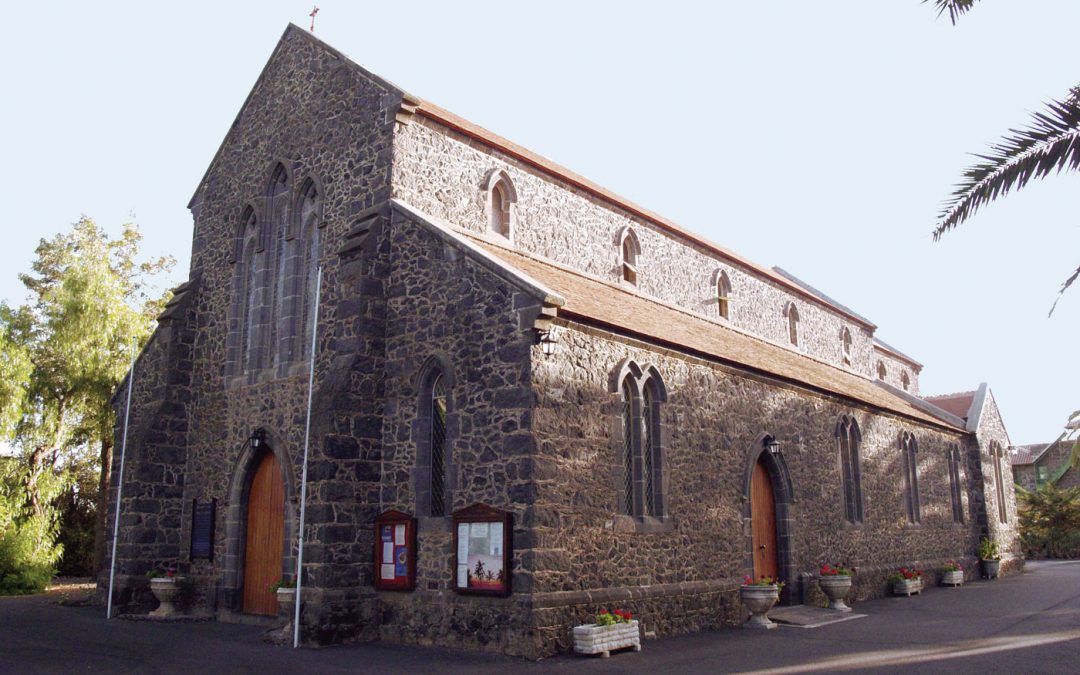![Instituto de Estudios Hispánicos de Canarias [Canary Institute for Hispanic Studies]](https://citpuertodelacruz.com/wp-content/uploads/2017/09/ieh.jpg)
Instituto de Estudios Hispánicos de Canarias [Canary Institute for Hispanic Studies]
Instituto de Estudios Hispánicos de Canarias [Canary Institute for Hispanic Studies]
Half way along the pedestrianised Quintana street is the head office of the Canary Institute for Hispanic Studies, one of the foremost cultural institutions on the Island, founded in 1953 and devoted largely to the study and publication of material on the historic links between the Canaries and the Americas. It holds a notable picture collection belonging to the store of the Museo de Arte Contemporáneo Eduardo Westerdahl [the Eduardo Westerdahl Museum of Contemporary Art], the first to be founded in Spain. It contains works by Oscar Domínguez, César Manrique, Ángel Ferrant, Will Fabert, Tony Strubbing and Vicky Penfold. Its function rooms are used for art exhibitions, conferences and other cultural events. In addition, for over half a century the Institute has organised a highly-regarded annual course of Spanish for Foreign Learners.

![Church of San Francisco [Saint Francis] and the Chapel to San Juan [Saint John]](https://citpuertodelacruz.com/wp-content/uploads/2017/09/ig_san_francisco_01.jpg)

